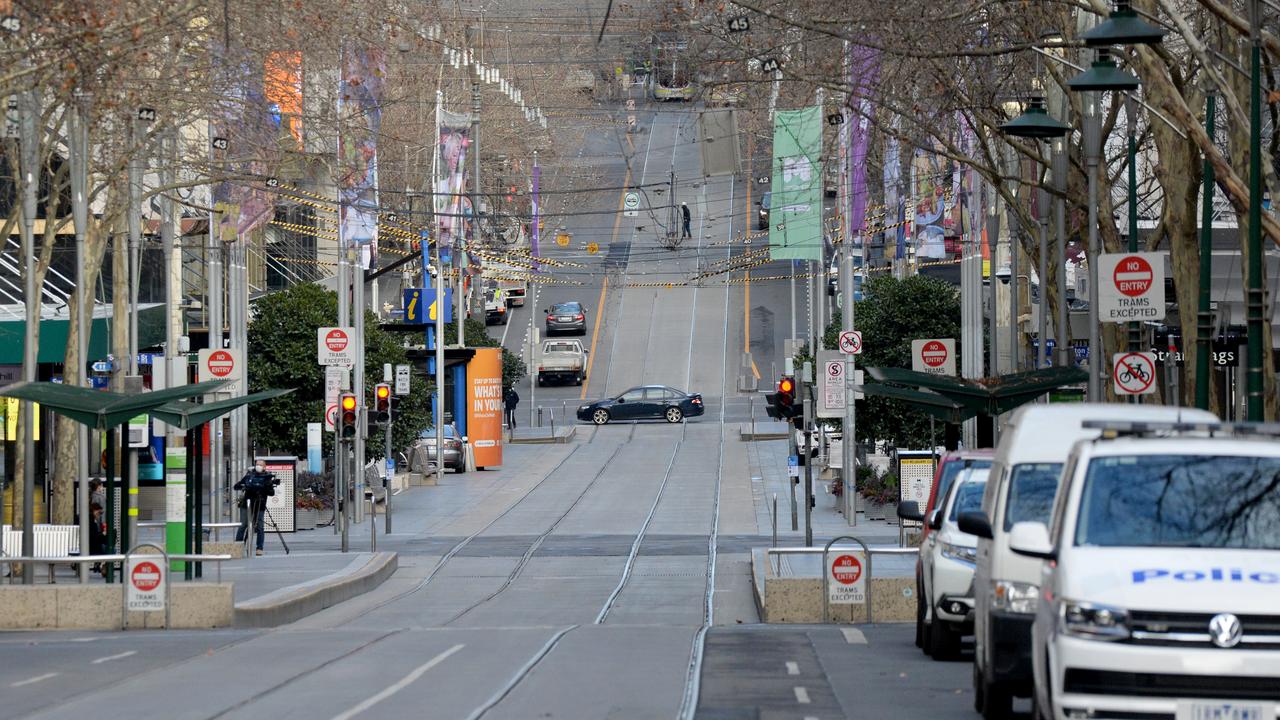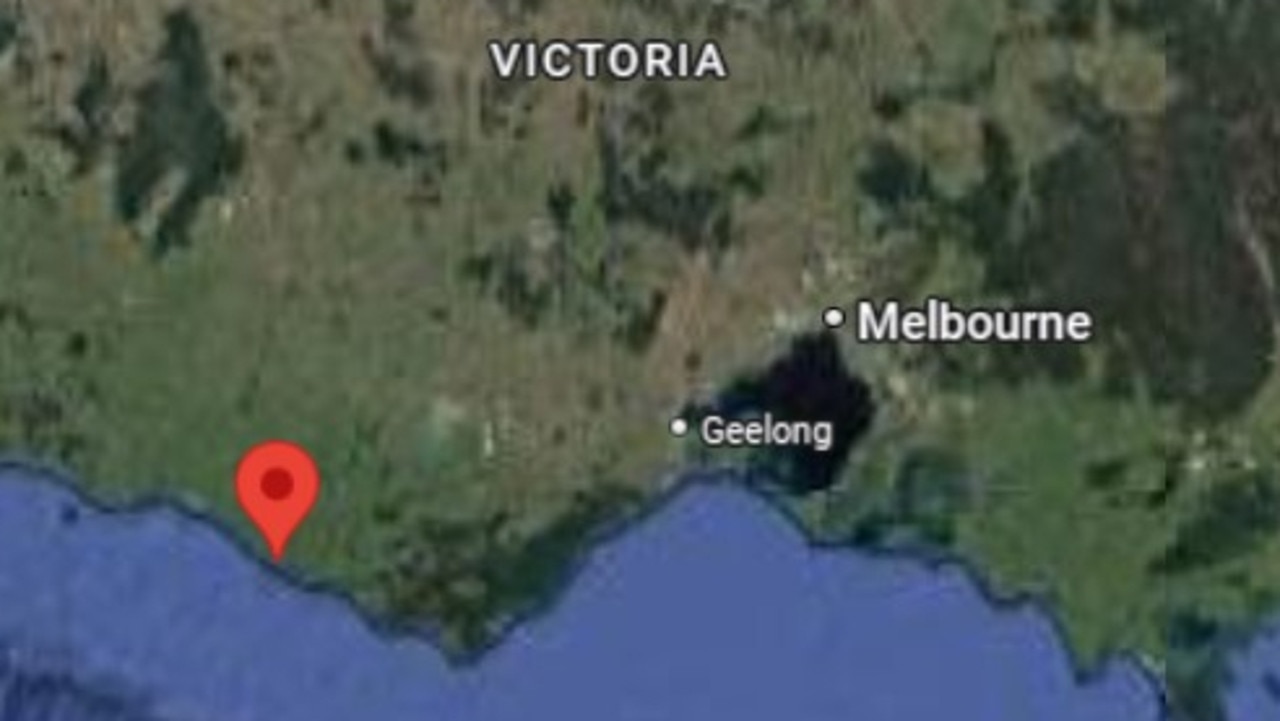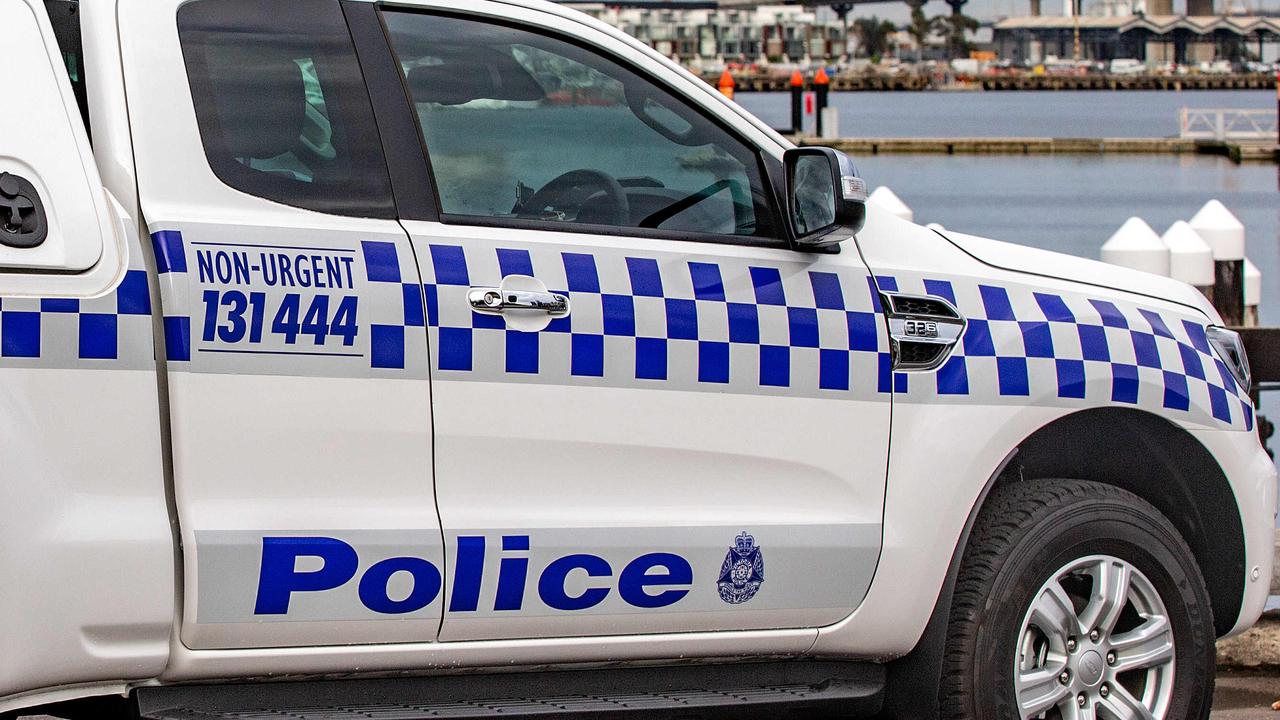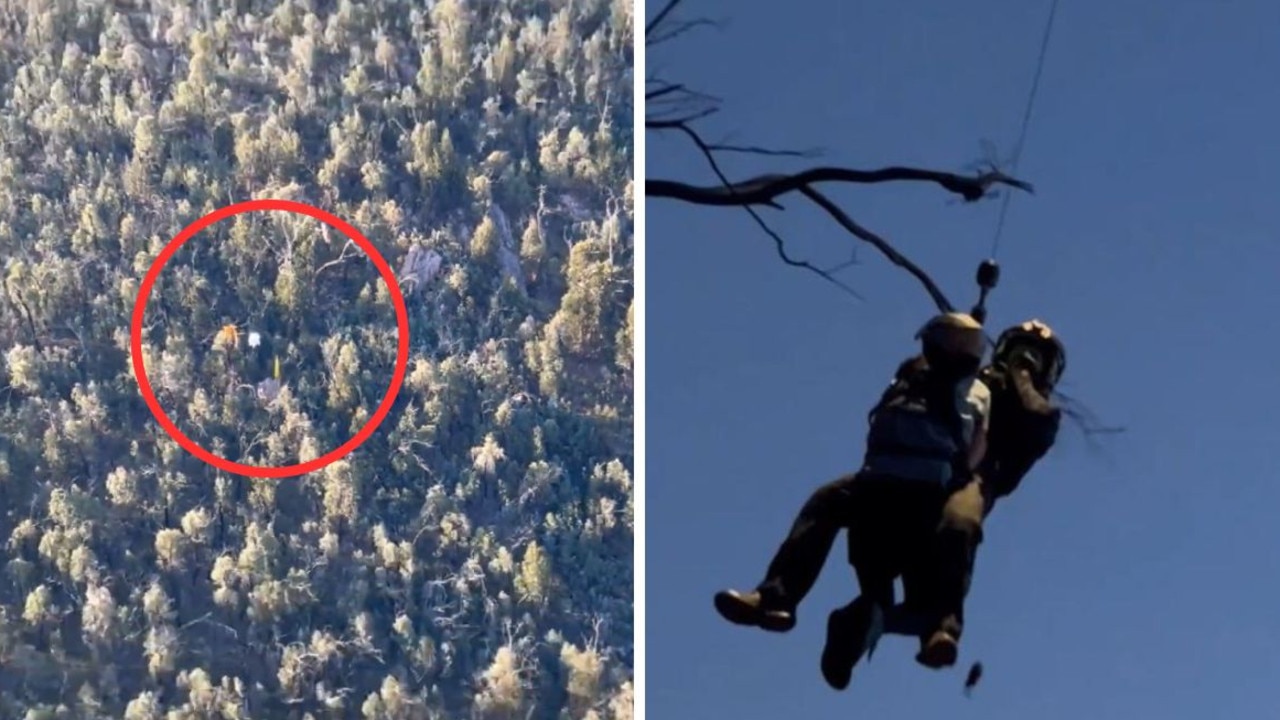Melbourne lockdown: Result in three weeks could seal Victoria’s fate
Victoria’s fate hangs in the balance and what happens in the next few weeks could decide if the state remains isolated from the rest of the country.

It will take two to three weeks for authorities to see the impact of Melbourne’s stage 4 restrictions and this will decide whether Victoria could be left isolated from the rest of the country.
Victoria is battling to drive down the numbers of its coronavirus cases but it’s the rate of community transmission that will ultimately decide its fate.
This is partly because Australia is aiming to eliminate community transmission with the Prime Minister Scott Morrison confirming this was the goal last month, although he says this is part of a suppression strategy and not an elimination strategy.
Prior to Victoria’s outbreak, every state and territory had achieved this except for NSW and Victoria.
Despite there being recent cases in South Australia and Queensland, the numbers so far are low and it’s hoped these states can get back on track.
Most of the handful of new coronavirus cases in South Australia have come from returned travellers in quarantine and all come from a known source.
The situation in Queensland is more complicated as its feared three women who lied about travelling to Melbourne may have infected others in Brisbane. But there are currently only 13 active cases in the state.
NSW also appears to be suppressing the virus with daily case numbers below 20 and it’s thought stronger measures could easily set the state back on track.
The big question is whether Victoria will be able to achieve the target of “no community transmission” and if not, will it become isolated from the rest of Australia?
MODELLING WILL SHOW VICTORIA’S PATH
Melbourne University epidemiologist Professor Tony Blakely told news.com.au that in about two to three weeks the impact of stage 4 measures in Melbourne should be known, and at this point, experts like himself would be able to create modelling on Victoria’s future.
“The models should be able to show whether Victoria is on track to eliminate the virus in two to three months, which is critical information for policy makers,” he said.
“We don’t have that information yet … so we can’t do it accurately yet; we have to see how the case numbers change.”
Prof Blakely said the models would show how likely it is for the state to achieve the goal of “no community transmission” and whether it was worth maintaining strict restrictions on residents.
RELATED: Premier releases eerie CCTV of empty streets
RELATED: What happens if stage 4 measures don’t work?
“I doubt a six-week hard lockdown will be enough to achieve elimination (of community transmission) – it will probably take longer – but at what stage can we transition back to stage 3?
“Modelling will show what is going to be our best goal, whether to go hard and hope for elimination or to accept we are going to live in suppression land.”
The ramifications of abandoning the elimination goal of “no community transmission” means Victoria may be stuck in a yoyo economy as it balances suppressing the virus with supporting the economy.
This would become even more complicated if other states and territories in Australia do manage to get control of the virus, meaning Victoria could be isolated from the rest of the country for years.
High rates of ongoing cases in Victoria would also pose a continuing infection risk to other states and territories.
Prof Blakely said it was too early for Victoria to give up on eliminating the virus, which would involve no cases of community transmission where the source was unknown for at least 28 days.
“We just have to do this well and that will maximise our chances of elimination as well as reducing the time we have to spend in hard lockdown,” he said.
‘LONG-TERM REALITY’ AUSTRALIA FACES
Prof Blakely noted that eliminating community transmission of the virus was not the “end game” but an ideal holding place.
“Elimination is the best goal for Australia, it’s the ideal holding pattern (hopefully until we get a vaccine),” he said.
“It may be for one or two years that we have achieved elimination and have good quarantine that will allow the economy to get back to about 95 per cent of what it was.
“New Zealand demonstrates that this can happen. They lost their international tourists but gained domestic tourists.”
With a largely digital economy that is still able to connect to the rest of the world and mechanised port facilities that reduce the chance of infection, Australia could get on pretty well if it chose to remain isolated from the rest of the world, Prof Blakely said.
“The issue now is that for Australia to get to elimination now it’s going to be a lot harder than it was for New Zealand,” he said.
“The virus has got its hooks into many nooks and crannies of Australian society.
“Logically we can achieve elimination, there’s no doubt about that, it’s just that the social and economic costs of that are so high.”
However, if Victoria and other states and territories lose control of the virus then Australia will live in “limbo land” along with other countries around the world.
RELATED: Lockdown could spark lengthy recession
RELATED: Shocking toll of state’s most deadly week

Prof Blakely said Australia may chose to mimic other countries such as South Korea, which reached about 1000 cases a day, before pulling this back to about 20 to 30 cases a day.
Earlier this week Victorian Premier Daniel Andrews said the state couldn’t sustain 500 coronavirus cases a day but Prof Blakely said technically this was still within the capacity of the state’s intensive care units.
“If we accept that we need to live with the virus, then this number of cases per day may be our long-term reality,” he said.
However, the hundreds of cases a day in Victoria is stretching the capacity of contact tracers and Prof Blakely said numbers may need to be kept below 100 or 200 a day to keep this under control.
“In other countries like Europe they tolerate a higher case load,” he said.
The stark choices Victoria is facing underscores the importance of residents complying with restrictions to give the state the best chance of getting its community transmission under control.
“No matter what camp you are in, the message is the same – go hard and obey the rules,” he said.
“For anyone breaking the rules there should be warnings for the first week then the full rate of penalties after.
“Yes it’s a pain but, given where we are, it’s utterly critical that everyone abides by the rules.”
He said this applied equally for businesses that may naturally look for loopholes in rules.
“The idea of looking for loopholes, that has to go both at an individual and business level.”
Prof Blakely said the availability of JobKeeper, JobSeeker and now the pandemic payment were in place to help people get through.
“It’s going to be tough but if we muck around now it’s just going to go on and on,” he said.




